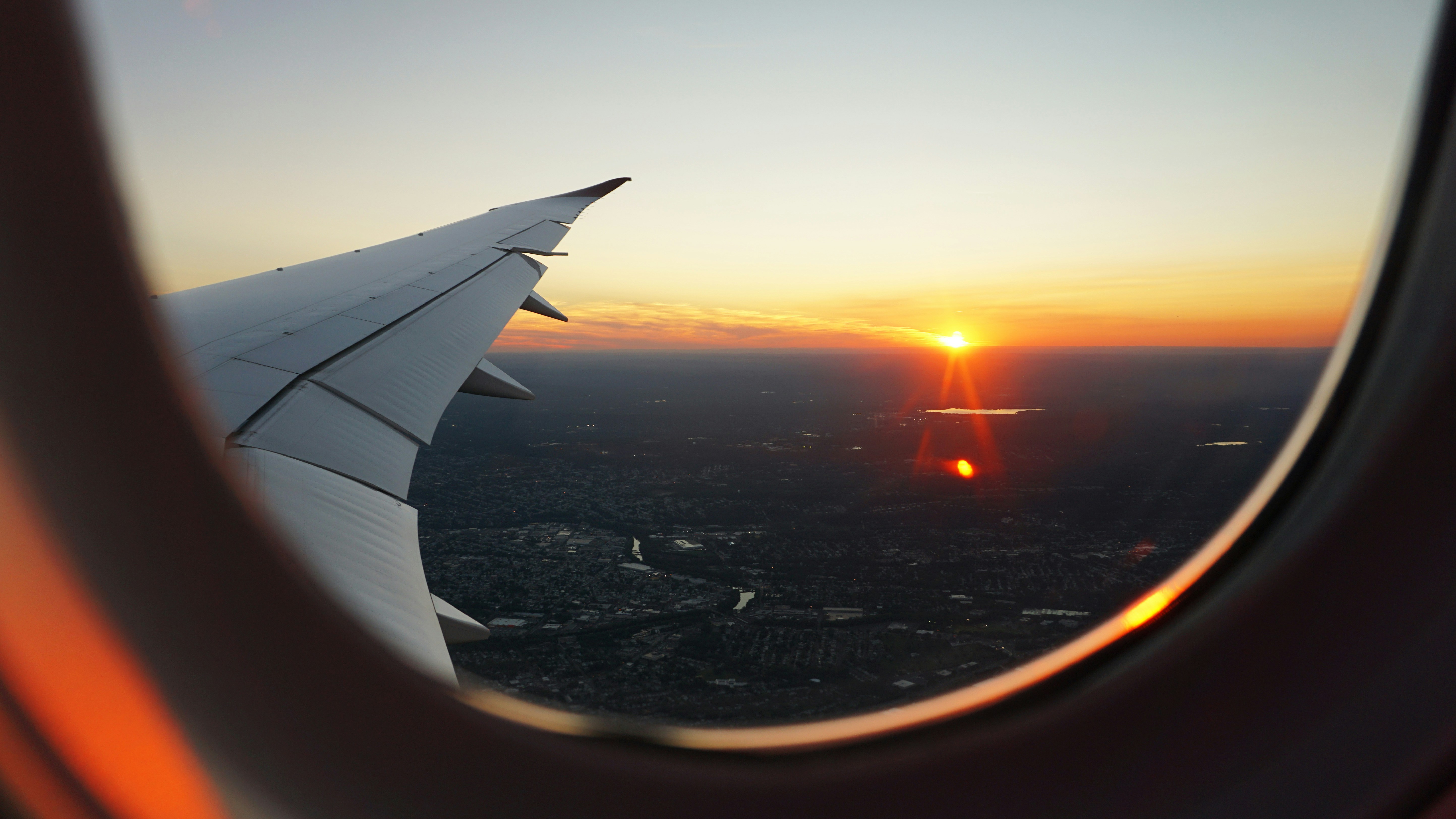Guides & How-To
Traveling With Exotic Pets: Do’s, Don’ts, and Essentials
Jul 17, 2025

🐍 Introduction
Whether you are moving across town or flying across the country, traveling with an exotic pet takes planning. Reptiles, amphibians, invertebrates, and other non-traditional pets all have specific needs that make transport more delicate than with a dog or cat. This guide covers how to keep your animal safe, calm, and legal while on the move.
✅ Do: Plan Ahead for Every Step
Research travel laws and restrictions for your species and destination. Some states, cities, and airlines prohibit certain animals.
Book with animal-friendly services. Airlines and hotels may have specific rules for non-mammal pets. Get all permissions in writing.
Test your travel setup before the actual trip. Let your pet spend time in their carrier at home to reduce stress later.
Know where the nearest exotic vet is at your destination, just in case.
❌ Do Not: Rely on Your Regular Setup
Glass tanks are too fragile for travel. Heat bulbs are unsafe in cars. Open enclosures or wire tops may not be secure in motion.
During travel, your goal is not a perfect habitat. It is a stable, escape-proof, and temperature-safe temporary setup.
🧳 Essentials Checklist
🧼 Carrier
Plastic reptile travel tub or secure deli cup (species dependent)
Ventilation holes but no large gaps
Latches or zip ties for security
🌡️ Temperature
Heat packs (for reptiles and tropical animals in cold weather)
Insulated travel bag or cooler (for temperature stability)
Digital thermometer to monitor during stops
💦 Hydration
Damp paper towel or moss for moisture
Small water container (for animals that need it and will not spill)
Avoid misting the carrier directly
📝 Documentation
Health certificate if required
Proof of legal ownership or species ID (some states require this)
Emergency vet contact list
🍽️ Food and Feeding
Do not feed right before travel
Pack food for use once settled
Insects or rodents should be packed in separate sealed containers
✈️ Air Travel Notes
Most airlines do not accept exotic pets in cabin
Some will allow reptiles or amphibians as cargo or checked baggage, with restrictions
You must use an IATA-compliant shipping container
Notify the airline well in advance
Book direct flights when possible to minimize transfers and exposure
🚗 Road Trip Tips
Keep the car between 70 and 80 degrees
Place the carrier in a stable, shaded part of the vehicle
Do not open the carrier while driving
Plan rest stops where you can briefly check temps and adjust as needed
🛏️ At the Destination
Set up the full enclosure before moving your pet in
Let them settle for several hours before handling or feeding
Watch closely for signs of stress, such as hiding, pacing, or refusal to eat
Avoid additional changes to their environment for a few days
❤️ Final Thoughts
Exotic pets can travel safely with the right setup and preparation. The key is to reduce stress, keep temperatures stable, and secure everything tightly. Always think one step ahead and be ready to adapt to delays or challenges. With care and planning, you and your animal can reach your destination safely and calmly.
📚 Sources
United States Association of Reptile Keepers (USARK): usark.org
IATA Live Animals Regulations (LAR) Summary: iata.org
Reptifiles Travel and Relocation Guide: reptifiles.com
Exotic Animal Vet Alliance Travel Safety Tips: exoticvetclinic.com
AVMA Animal Transport Guidelines: avma.org
Photo by Eva Darron on Unsplash

